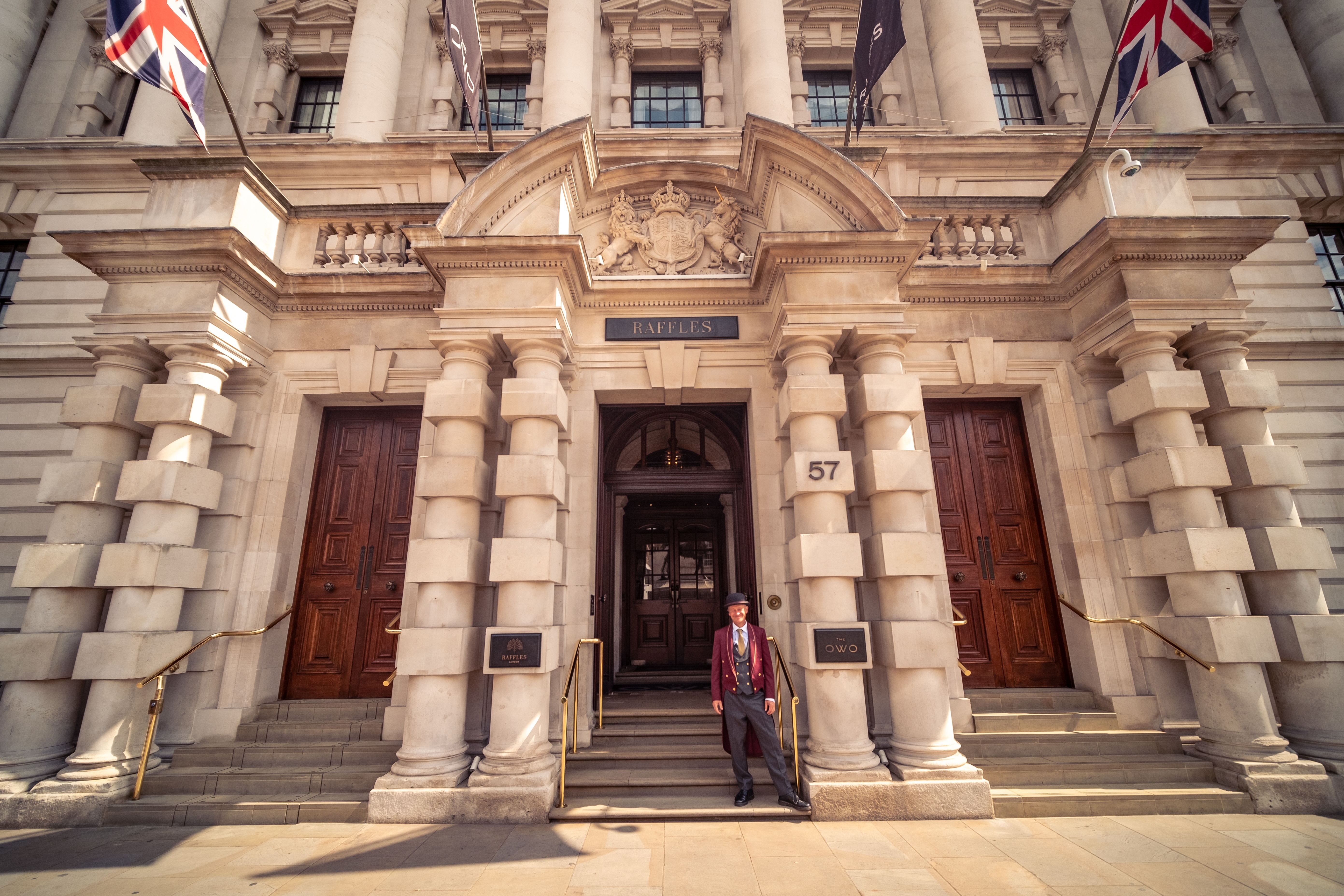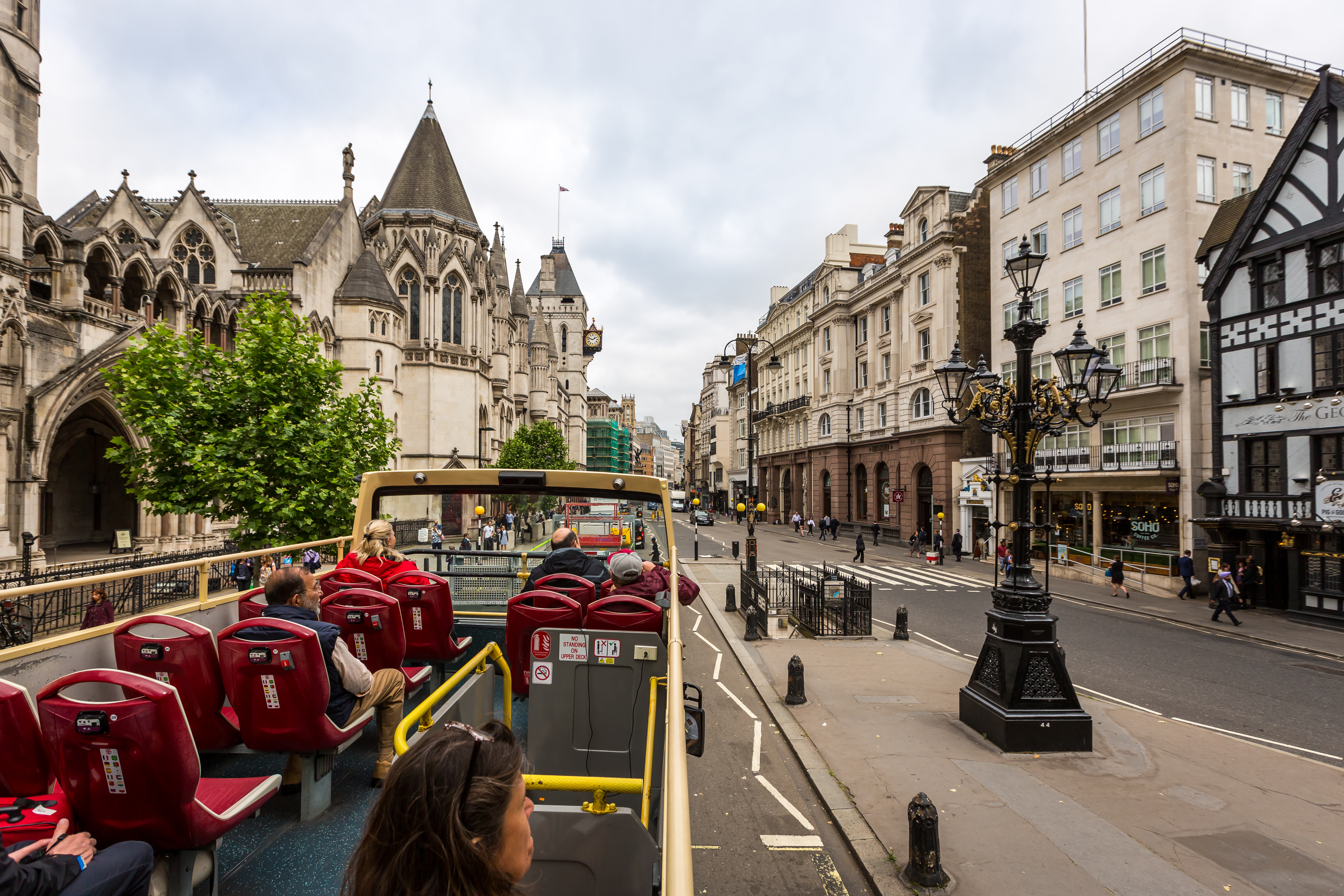Why it’s Time to Start Planning Your Visit to Dumfries House
The stunning 18th-century Dumfries House in Cumnock, East Ayrshire is set in 2,000 acres of breathtaking countryside. The local area is known for its industrial heritage, especially in textiles and coal mining, but also boasts picture-perfect landscapes that offer a tranquil setting to all who visit.

This Georgian estate is considered one of the UK’s most beautiful stately homes and is admired by many for its impressive architecture and large collection of Chippendale furniture.
Construction of the house was completed in 1759 and followed a design submitted to owner William Crichton-Dalrymple in 1754 by renowned architects the Adam brothers, John, Robert, and James.
The house remained a family home until 1993, when the final full-time resident, Lady Eileen, Dowager Marchioness of Bute, died. It stayed in the ownership of the 7th Marquess of Bute until 2007, when it was put up for sale, leaving the estate’s future uncertain. That was until a consortium led by King Charles III, then Prince of Wales, stepped in to buy it for £45 million.
This preserved what is considered one of the most important collections of Georgian Scottish and English furniture, including works from Thomas Chippendale’s ‘Director’ period. It has also allowed the house to be enjoyed by the public for the first time, as it opened its doors to visitors in June 2008.
This was good news for tourists and locals alike, as it brought new employment opportunities to the region, which had suffered from the collapse of the coal mining industry. The house and gardens have benefited from a considerable facelift in the years since, with old buildings finding new uses, including offering training opportunities for young people.
Visiting the Estate
One of the highlights for visitors is the opportunity to explore and enjoy the various rooms of the house, including the Picture Gallery, the Entrance Hall, the Pewter Corridor, the Tapestry Room, the Family Bedroom, Lord Dumfries’ Study, the Family Parlour, the Pink Dining Room, and the Blue Drawing Room.
Each of the rooms has gorgeous interiors, with numerous examples of Chippendale’s early rococo furniture and pieces by Edinburgh furniture makers Alexander Peter, Francis Bodie, and William Mathie scattered within.
Dumfries House offers several daily guided tours in summer, while during the winter months tours are offered on weekends only. Those hoping to join a tour are encouraged to book in advance to avoid disappointment, as only a limited number of visitors are allowed each day.
It’s worth allowing some time to wander the grounds during your visit. While entry to the house is paid, the Dumfries House Estate is free to enter 365 days a year and has something to offer visitors both young and old.
The five-acre Queen Elizabeth Walled Gardens opened in 2014 and is one of Scotland’s largest. It was previously a derelict part of the site but is now one of the estate’s highlights. It features a mix of formal areas, greenhouses, terraces, and an Education Garden. Tickets to this year-round attraction are available from the Visitor Centre onsite.
The other gardens on the estate, including The Woodland Garden, the Front Garden, and the Rothesay Garden, are also worth seeing and are free to enter.
Children can burn off some energy at the Woodland Adventure Playground, conveniently located next to the Coach House Café. This makes it the perfect spot to take a break and grab a well-earned drink or a bite to eat. There is also a toddlers’ play area out the front of the café, which as the name suggests is a converted coach house and stables.
Once you’ve refuelled at the café, why not try to find your way through The Maze? This was the idea of King Charles III, and features a Japanese pagoda and obelisks, around 2,000 trees, and more than half a mile of paths. Alternatively, take a stroll to the woodland shelter in the centre of leafy Arboretum or keep the fun going at the popular Valentin’s Education Farm. This family-friendly attraction is home to Landrace pigs, Crollwitzer turkeys, and Scots grey chickens. It aims to educate young visitors about where their food comes from and focuses on native livestock conservation.
Dumfries House even has its own Health and Wellbeing Centre, which offers a variety of complementary therapies including acupuncture, reflexology, and hypnotherapy to the local community. Participants are referred to the centre by primary and secondary care providers in the hope that, when offered alongside conventional treatments, the therapies will have benefits for people living with cancer, as well as for fertility wellbeing, menopausal health, chronic pain management, and weight management.
The estate also hosts some exciting events throughout the year, including the annual Dumfries House Dog Show and a craft and food market on the third Sunday of each month. There are also learning opportunities for children and young adults, including a Kids Environment Club, Summer Kids Code Club, and STEM Open Day. Check the website for the latest information about what’s on.
Stay or Enjoy a Special Day
Why make it a day trip if you have the time to spend longer in this beautiful location? Visitors can stay overnight on the estate at Dumfries House Lodge, just a few hundred metres from the main house. Choose from one of the gorgeous guest rooms or select one of two luxury self-catering cottages. All accommodation is available for a minimum of three nights and is open throughout the year (excluding the festive period).
Dumfries House is also a wedding venue and its official website notes that it is “astonishingly versatile” as it can host small, discrete gatherings and large, grand affairs. Ceremonies take place in the Tapestry Room, which takes its name from the four Flemish tapestries located within.
With its Georgian architecture, exquisite interiors, and modernisation for the good of the community, Dumfries House remains a real gem in Scotland’s crown.



